Upholding market principles
According to Savills experts, Vietnam's Land Law 2024 brings significant changes to the principles of land valuation, focusing on land valuation according to market principles, which will help increase transparency and liquidity for the real estate market.
Previously, land valuation was regulated according to the principle of land use purpose and duration, and "in accordance with the prevailing land price on the market" collected from auction prices and collected from land use. However, the new Land Law emphasizes the market principle. This means that the determined land price will reflect the true market value of the land.
Market value, as defined by the International Valuation Standards Council (IVSC), is "The market value of a property is the estimated price for a property at the time and place of valuation between a willing buyer and a willing seller in an independent, informed transaction, where the parties acted knowledgeably, prudently and without compulsion."
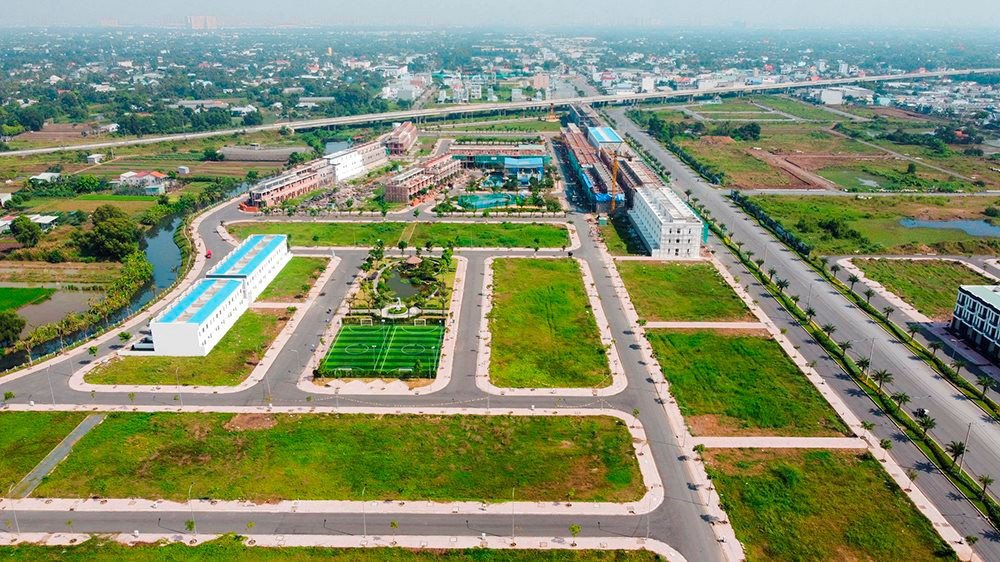
The new law changes have promoted market principles.
Ms. Giang commented that the market value clearly reflects the understanding of both buyers and sellers in the market. At that time, land will be allocated to investors willing to pay the highest price. This approach helps promote land allocation and more efficient land use.
In the future, when the land price database is completed, the information on buying and selling will be made public. At this time, buyers and sellers can access to find out transaction information. From there, there will be clear awareness, helping to increase transparency for the real estate market. In addition, buying and selling real estate will also take place more easily, helping to increase liquidity for the market.
Valuation methods
Unlike the previous law which lacked clear regulations, Article 158 of the 2024 Land Law also provides details on valuation methods and the cases and conditions for applying each method.
Regarding valuation methods, the 2023 Land Law stipulates five valuation methods: comparison, deduction, income, surplus and land price adjustment coefficient. The revised Land Law stipulates four methods, of which the deduction method is considered a special case of the comparison method. Of which, the two methods commonly used in development project valuation are the direct comparison method and the surplus method.
With the direct comparison method, it is done by comparing the transaction prices of similar properties on the market to determine the value of the property to be valued. This method is suitable for properties such as townhouses or apartments with a lot of transaction data, the comparable properties are very similar, helping to minimize subjectivity in making adjustments.

Ms. Do Thi Thu Giang, Director of Consulting Services, Savills HCMC
In addition, this method is also simple, easy to understand and saves time. However, this method also has certain weaknesses. Limited data and data accuracy are the most important limitations. In addition, the method requires adjustments, which may be subjective to the appraiser. Especially for assets to be valued as mixed-use development projects, finding similar comparable assets is very difficult, even impossible, due to the differences in the composition of each type of land use.
The residual method evaluates the development potential of a project and is done by estimating revenue and subtracting costs to determine the surplus land value. When performing valuation using this method, the appraiser also evaluates the feasibility and profitability of the project, supporting the investment decision-making process.
This method allows developers to analyze different development scenarios to determine the optimal land use plan that provides the highest value, also known as the highest and best use. Despite its many benefits, the residual method requires complex financial modeling and financial expertise, as well as a thorough understanding of market forecasts of selling prices and costs, as well as project development plans. This makes the residual method time-consuming due to extensive market data collection.
A major problem in land valuation models is the reliance on assumptions, which cause valuation results to be heavily influenced by variables such as revenue forecasts, cost estimates, and project duration. Each valuation method has its advantages and disadvantages, requiring a balanced approach when reconciling value.
Talking about the impact of these adjustments on the market, Savills experts said that regulating land prices to reflect market values will increase the efficiency, transparency and liquidity of the real estate market. In addition, the compensation price for land clearance for projects will increase. This will lead to an increase in the total initial investment cost of the development project, which is likely to lead to an increase in project real estate prices to ensure profits for investors;
In addition, the income tax on land use rights transfer increases because it is calculated based on market value, helping to increase State budget revenue, thereby providing additional capital for infrastructure development.
“The Land Law 2024 brings groundbreaking changes to land valuation in Vietnam, promoting efficiency, transparency and a more flexible and responsive approach to land valuation. By adjusting prices to the market and expanding local decision-making power, the new law aims to improve the land valuation process, benefiting both the market and the State budget,” said Ms. Giang.
Source: https://www.congluan.vn/dac-dinh-gia-dat-theo-nguyen-tac-thi-truong-la-mot-buoc-tien-dac-biet-quan-trong-luat-dat-dai-2024-post296664.html












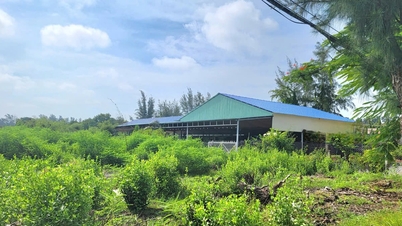



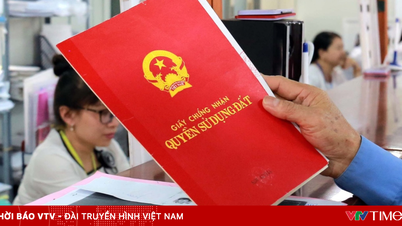




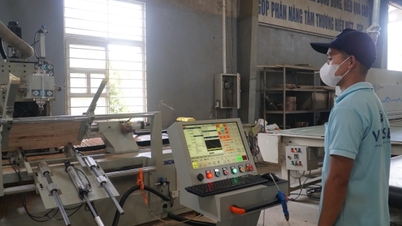
























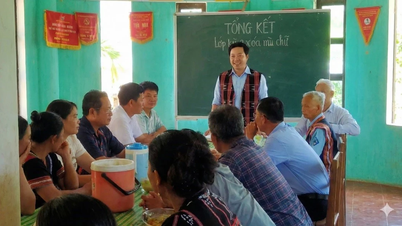










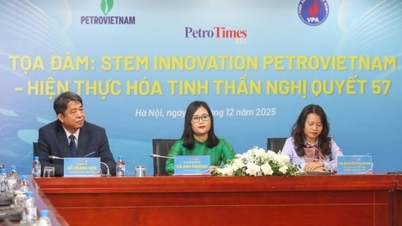



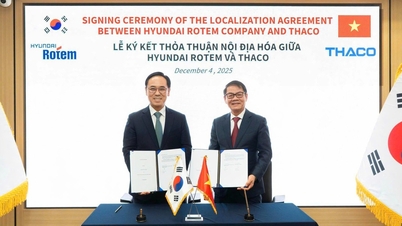


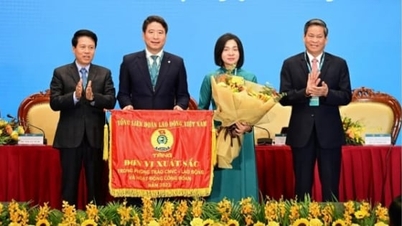



























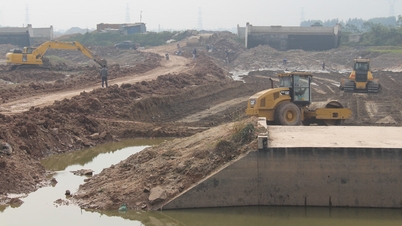






















Comment (0)